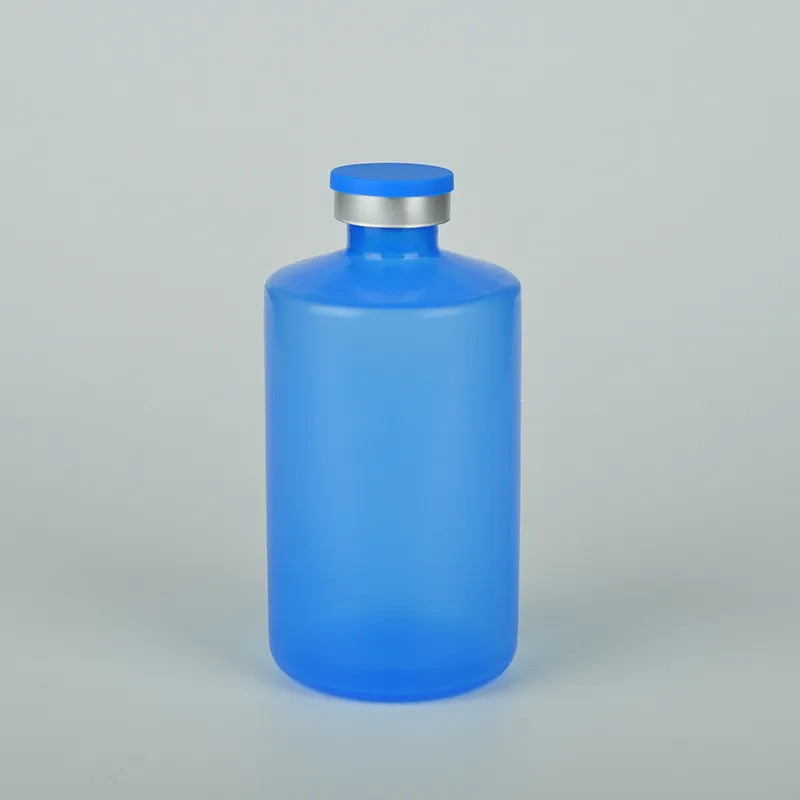https://www.wahmg.com/)">
5 uses of reagent bottle
5 uses of reagent bottle
5 Uses of Reagent Bottles
Reagent bottles are essential tools in laboratories, particularly in the fields of chemistry, biology, and environmental science. Their design, typically featuring a glass or plastic body, a secure closure, and a labeling area, makes them ideal for various applications. Below are five common uses of reagent bottles that highlight their versatility and importance in scientific research and education.
1. Storage of Chemicals
One of the primary uses of reagent bottles is the storage of chemicals. They are designed to house a wide range of substances, from simple solvents to complex reagents. The ability to tightly seal these bottles prevents contamination and evaporation, ensuring that the chemicals remain stable over time. This is particularly crucial for volatile substances that may degrade or lose potency if exposed to air or moisture. Researchers and laboratory technicians can organize their workspaces more effectively by labeling these bottles, allowing for quick identification and access to the necessary chemicals.
Reagent bottles are frequently used in the preparation of solutions for experiments. Many laboratory procedures require the precise mixing of various chemicals to create solutions with specific concentrations. The wide-mouth design of many reagent bottles facilitates easy pouring and mixing of solid reagents with liquids. For example, a chemist might use a reagent bottle to dissolve a powder in a solvent to generate a solution required for titration or for use in a chemical reaction. By using these bottles, researchers can ensure consistency in their solution preparations, which is vital for replicability in experiments.
3. Sample Collection and Transport
5 uses of reagent bottle

In environmental and biological research, reagent bottles are often utilized for collecting and transporting samples. When researchers need to analyze water, soil, or biological specimens, reagent bottles provide a safe means to collect and store these samples until analysis can be performed. Their secure closures prevent contamination during transport and help maintain the integrity of the samples. Furthermore, the labeling area allows researchers to mark important information such as collection date, location, and type of sample, facilitating better data management.
4. Reaction Vessels for Small-Scale Experiments
Reagent bottles can also serve as reaction vessels for small-scale experiments. Their sturdy design allows for safe handling of reactions, and in many cases, they can be directly used in chemical reactions without the need for transferring to another container. This is especially useful in educational contexts where students conduct experiments to demonstrate chemical principles. For instance, a simple acid-base reaction can be performed in a reagent bottle, allowing learners to observe and understand the reaction process without the complexities of larger, more cumbersome glassware.
5. Long-Term Storage of Biological Samples
In biological research, reagent bottles are essential for the long-term storage of biological samples, such as enzymes, bacteria, or genetic material. These samples often require specific storage conditions to prevent degradation. Reagent bottles designed for biological use may be sterilized and treated to create an optimal environment for storage. This is critical for researchers working with sensitive samples who need to ensure that their materials remain viable for future experiments or analyses. By selecting the appropriate reagent bottle, scientists can protect their samples against contamination and ensure they remain in good condition over extended periods.
Conclusion
Reagent bottles are indispensable tools in laboratory settings, serving multiple purposes from chemical storage to sample transport and experimentation. Their design facilitates not only the safe handling of various chemicals but also enhances the efficiency of scientific processes. As research advances, the importance of proper storage, preparation, and management of chemicals and biological samples cannot be overstated. Understanding the diverse applications of reagent bottles can empower researchers and students alike to make the most of these essential laboratory instruments, ensuring precision, safety, and success in their scientific endeavors.
-
Wholesale Plastic Juice Bottles with Caps 16 oz Options Available Bulk Packaging SolutionsNewsJun.10,2025
-
Laboratory Apparatus Reagent Bottle – Durable & Chemical Resistant Bottles for Safe StorageNewsJun.10,2025
-
Squeezable Dropper Bottles Durable, Leak-Proof & CustomizableNewsMay.30,2025
-
Affordable Plastic Petri Plates Sterile & Disposable Lab-GradeNewsMay.30,2025
-
Eye Dropper Caps Precision 24/410 & Plastic Bottle-Compatible TipsNewsMay.30,2025
-
Affordable Mini Spray Bottle Price & Wholesale Deals Shop NowNewsMay.29,2025





















